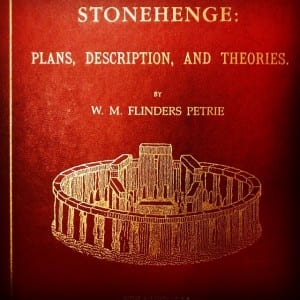New Book Chapter: Enhancing Museum Naratives: Tales of Things and UCL’s Grant Museum
By Mark Carnall, on 16 January 2014
 Earlier this year a book chapter I co-authored with UCL colleagues, deep breath, Claire Ross (Centre for Digital Humanities), Andrew Hudson-Smith (Bartlett Centre for Advanced Spatial Analysis), Claire Warwick (Department of Information Studies), Melissa Terras (Centre for Digital Humanities) and Steven Gray (Bartlett Centre for Advanced Spatial Analysis) was published in the volume The Mobile Story, Narrative Perspectives with Locative Technologies.
Earlier this year a book chapter I co-authored with UCL colleagues, deep breath, Claire Ross (Centre for Digital Humanities), Andrew Hudson-Smith (Bartlett Centre for Advanced Spatial Analysis), Claire Warwick (Department of Information Studies), Melissa Terras (Centre for Digital Humanities) and Steven Gray (Bartlett Centre for Advanced Spatial Analysis) was published in the volume The Mobile Story, Narrative Perspectives with Locative Technologies.
The book covers all aspects of when stories meet locative technologies from apps to maps and from dancing with Twitter to haunting public spaces through mobile devices. Our chapter, Enhancing Museum Narratives Tales of Things and UCL’s Grant Museum, examines using mobile media for enhanced meaning making and narrative engagement in museum spaces. (more…)
 Close
Close







